In 2025, the global track loader market continues to grow, driven by advancements in automation and eco-friendly technologies. This article provides an in-depth analysis of key factors to consider when selecting a track loader, including types, performance, design, safety standards, and future upgrades. Professional buyers will find valuable insights to make informed decisions, ensuring their investments align with operational needs and long-term goals.
Table of Contents:
– Market Overview: Track Loaders
– Detailed Market Analysis: Track Loaders
– Key Insights and Trends
– Key Factors When Selecting a Track Loader
– Latest Technology Features in Track Loaders
– Compatibility with Future Upgrades
– Conclusion
Market Overview: Track Loaders
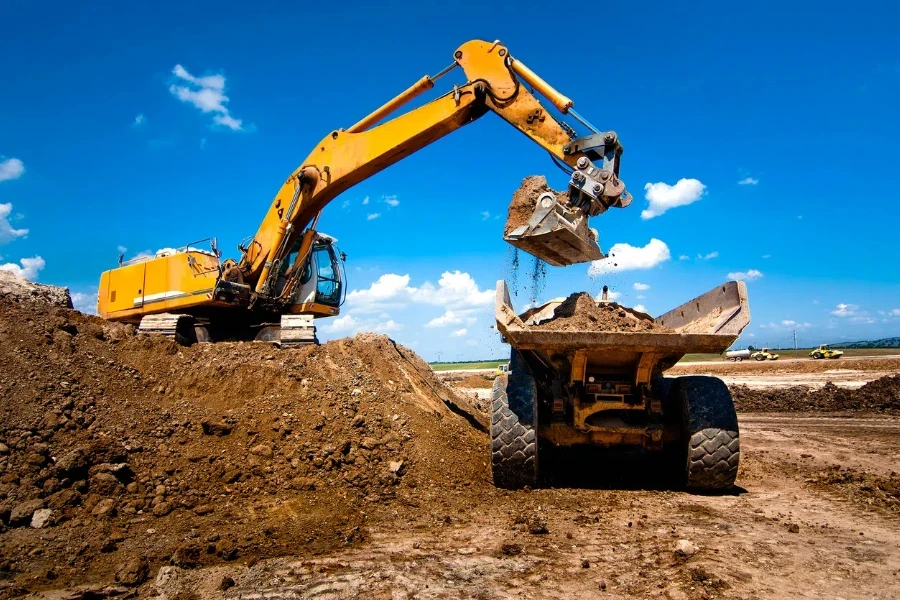
The global market for track loaders has experienced significant growth in recent years. In 2023, the market was worth approximately USD 1.3 billion, with projections indicating it will reach USD 2.0 billion by 2030. This growth is supported by a compound annual growth rate (CAGR) of 6.0%. The demand for track loaders is driven by their versatility and efficiency in construction, mining, and agricultural applications. Key regions driving this growth include Asia-Pacific, North America, and Europe, with China expected to exhibit the highest CAGR of 9.7% over the forecast period.
The coal end-use segment is anticipated to reach USD 979.1 million by 2030, growing at a CAGR of 6.6%. Similarly, the non-metallic mineral end-use segment is forecasted to grow at a CAGR of 6.1%. The U.S. market, valued at USD 348.9 million in 2023, continues to be a significant contributor, with steady growth expected across various end-use industries.
Detailed Market Analysis: Track Loaders
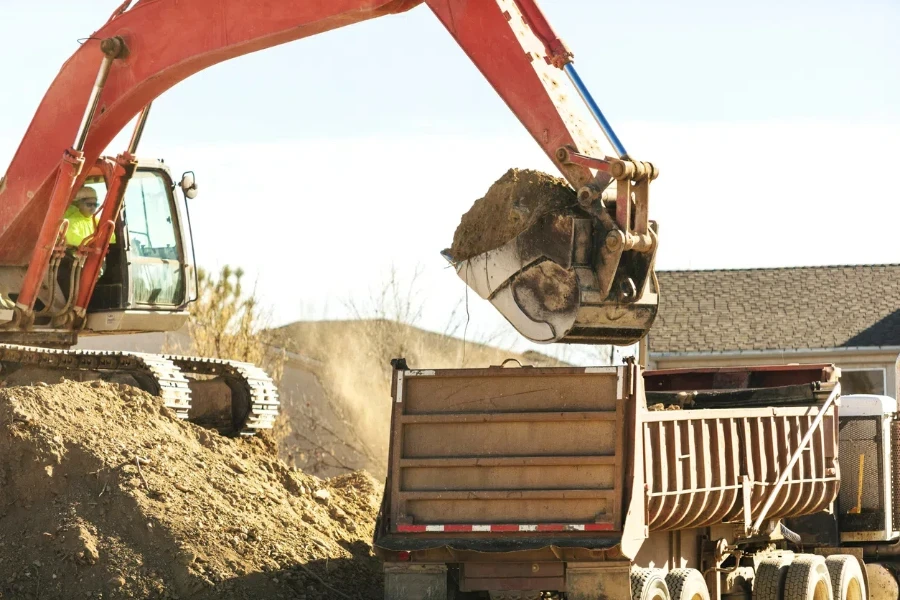
The track loader market is characterized by diverse applications and technological advancements. Key performance benchmarks for track loaders include load capacity, operational efficiency, and adaptability to different terrains. Major players like Caterpillar, John Deere, and Komatsu dominate the market, leveraging extensive distribution networks and strong brand reputations.
Economic influences such as infrastructure development projects and government investments in construction and mining sectors drive market growth. Initiatives like the Belt and Road Initiative in China and infrastructure modernization plans in the U.S. significantly boost demand for track loaders. Additionally, consumer preferences are shifting towards more efficient and environmentally friendly equipment, with a growing preference for electric and hybrid track loaders.
Recent innovations in the track loader market include the integration of telematics and automation technologies, enhancing operational efficiency and safety. These advancements provide real-time data on machine performance and predictive maintenance capabilities. Digitalization is also transforming the market, with manufacturers increasingly offering connected solutions for remote monitoring and control.
Key Insights and Trends
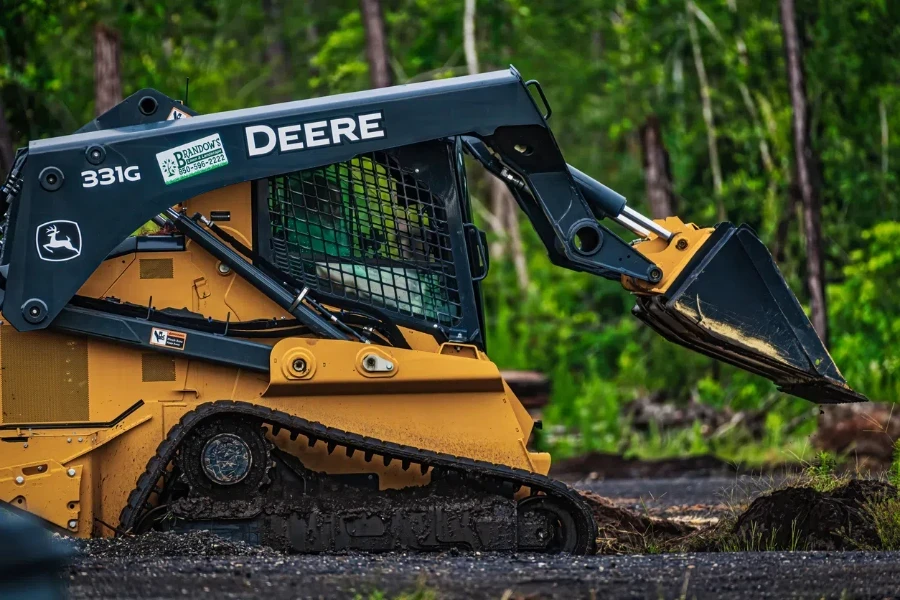
The track loader market is poised for continued growth, driven by several key trends. One notable trend is the increasing adoption of automated and electric track loaders. These machines offer significant advantages in operational efficiency, reduced emissions, and lower maintenance costs. For example, Caterpillar’s electric track loaders have received positive responses due to their eco-friendly nature and cost-effectiveness.
Another important trend is the focus on enhancing the durability and versatility of track loaders. Manufacturers are investing in research and development to produce machines that can withstand harsh operating conditions while maintaining high performance. Innovations in track design, hydraulic systems, and material handling capabilities are part of this effort.
Customer pain points such as high initial costs and maintenance complexity are being addressed through financing options and comprehensive service packages. Leading brands differentiate themselves by offering robust after-sales support, training programs, and flexible financing solutions to enhance customer satisfaction and loyalty.
Key Factors When Selecting a Track Loader
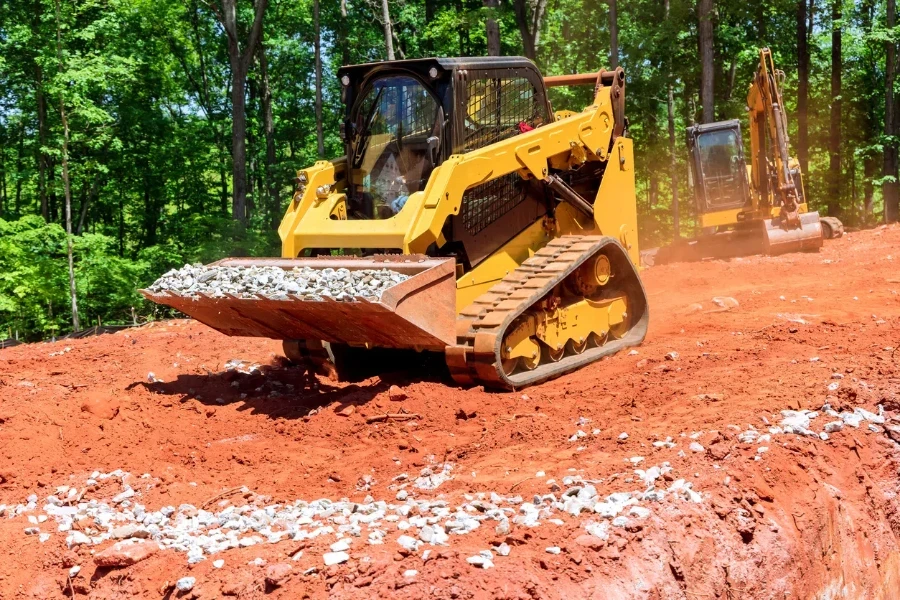
Track loaders are essential machinery in various industries, including construction, landscaping, and material handling. Selecting the right track loader involves understanding several critical factors to make an informed decision tailored to your specific needs.
Types and Styles
Track loaders come in different types and styles, each designed for specific applications. The most common types include compact track loaders and multi-terrain loaders. Compact track loaders are versatile and suitable for tasks ranging from digging to material handling, offering high power and stability for heavy-duty applications. Multi-terrain loaders are designed for softer ground conditions, distributing weight more evenly to reduce ground pressure and minimize damage to delicate surfaces.
Choosing the right type depends on your project requirements. For instance, a compact track loader is suitable for construction sites with uneven terrain, while a multi-terrain loader is better for landscaping on soft soil.
Performance and Functionality
The performance of a track loader is determined by key specifications such as horsepower, operating weight, and lifting capacity. High horsepower ensures the loader can handle demanding tasks efficiently. Operating weight affects stability and maneuverability, while lifting capacity is crucial for handling heavy materials safely and effectively.
Modern track loaders feature advanced hydraulic systems that enhance operational efficiency. Features like quick-attach systems for changing attachments and joystick controls for precision operation improve productivity and ease of use.
Technical Specifications
Understanding the technical specifications of a track loader is essential for making an informed decision. Key specifications include engine power, hydraulic flow rate, and track width. Engine power, measured in horsepower, determines the loader’s ability to perform heavy-duty tasks. A higher hydraulic flow rate ensures efficient operation of attachments, while track width affects stability and ground pressure.
Other important specifications include the tipping load, which is the maximum load the loader can handle before tipping over, and the breakout force, which measures the loader’s ability to push through materials. These specifications provide a clear indication of the loader’s capabilities and suitability for specific tasks.
Safety Standards and Certifications
Safety is paramount when operating heavy machinery like track loaders. Ensuring the loader meets industry safety standards and certifications is crucial for protecting operators and maintaining regulatory compliance. Look for loaders certified by recognized safety organizations, such as the Occupational Safety and Health Administration (OSHA) or the International Organization for Standardization (ISO).
Modern track loaders are equipped with advanced safety features, such as rollover protective structures (ROPS) and falling object protective structures (FOPS). These features provide additional protection for the operator in case of accidents. Regular safety inspections and operator training are also essential for maintaining a safe working environment.
Latest Technology Features in Track Loaders
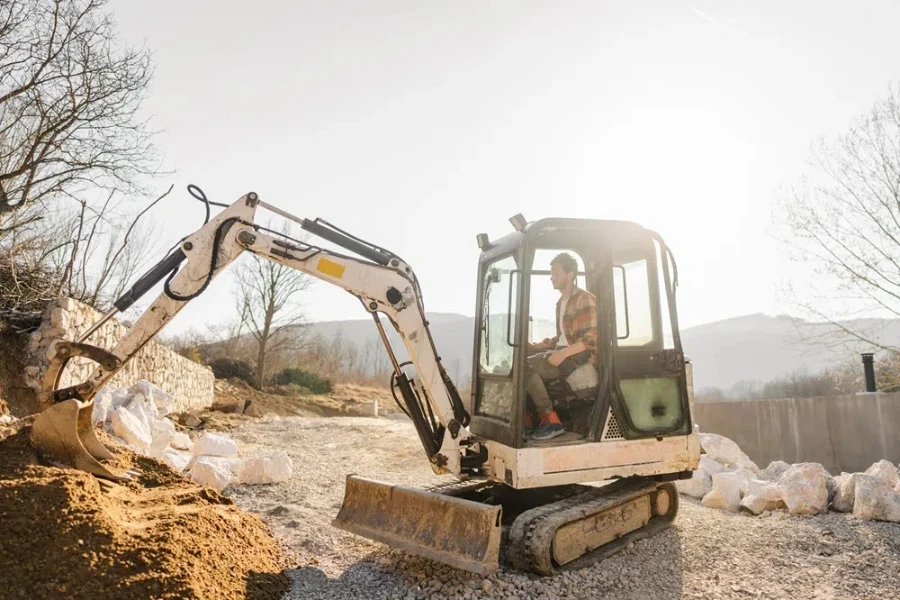
The track loader industry has seen significant technological advancements in recent years, enhancing the performance, efficiency, and safety of the machines. One of the latest trends is the incorporation of telematics systems. These systems provide real-time data on the loader’s performance, including fuel consumption, engine hours, and maintenance schedules, helping operators and fleet managers optimize machinery use, reduce downtime, and extend the loader’s lifespan.
Advanced hydraulic systems offer better control and precision, allowing operators to perform tasks more efficiently. Features like load-sensing hydraulics and electronic controls enhance the machine’s responsiveness and ease of use. Automation and semi-automation are also becoming more prevalent. Features such as automated grading systems and self-leveling capabilities reduce the operator’s workload and improve accuracy, particularly useful in applications requiring high precision, such as landscaping and site preparation.
Compatibility with Future Upgrades
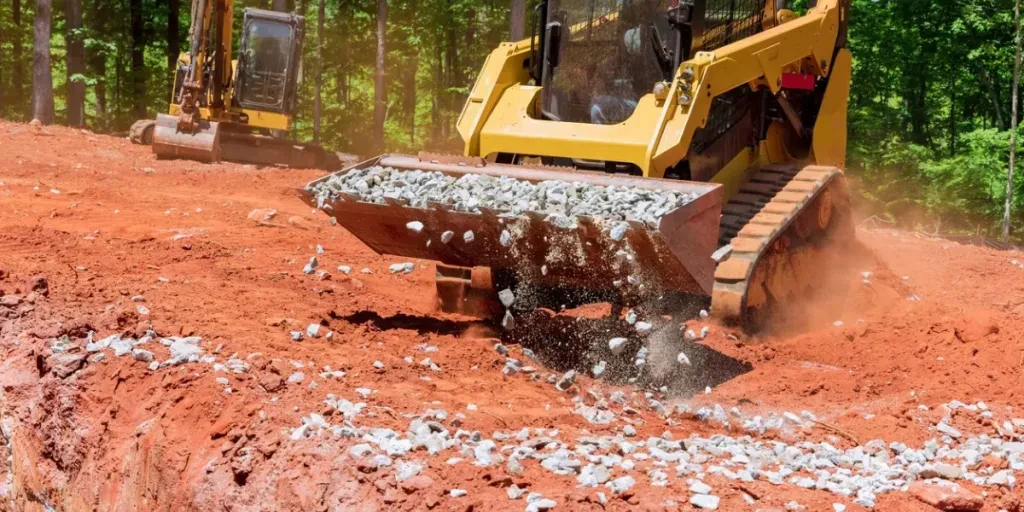
When investing in a track loader, consider its compatibility with future upgrades to ensure the machine remains relevant and efficient as new technologies and attachments become available. Manufacturers are increasingly designing track loaders with modular components that can be easily upgraded or replaced, allowing businesses to adapt to changing needs and technological advancements without investing in new machinery.
Compatibility with a wide range of attachments is another important consideration. Ensure the loader can accommodate various attachments, such as buckets, augers, and trenchers, to extend its functionality and enhance its value.
Conclusion
Selecting the right track loader involves understanding its types, performance, design, technical specifications, and safety standards. Incorporating the latest technological features and ensuring compatibility with future upgrades can further enhance the machine’s efficiency and longevity. By considering these factors, businesses can make informed decisions that align with their operational needs and long-term goals.
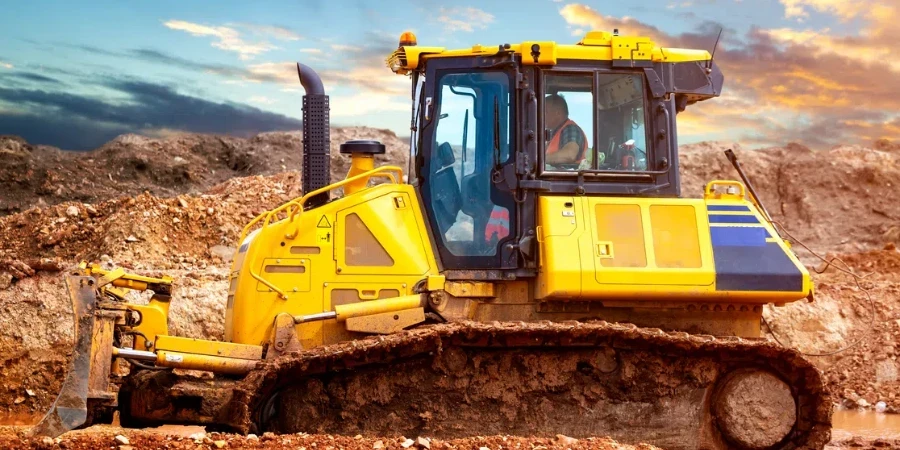




 বাংলা
বাংলা Nederlands
Nederlands English
English Français
Français Deutsch
Deutsch हिन्दी
हिन्दी Bahasa Indonesia
Bahasa Indonesia Italiano
Italiano 日本語
日本語 한국어
한국어 Bahasa Melayu
Bahasa Melayu മലയാളം
മലയാളം پښتو
پښتو فارسی
فارسی Polski
Polski Português
Português Русский
Русский Español
Español Kiswahili
Kiswahili ไทย
ไทย Türkçe
Türkçe اردو
اردو Tiếng Việt
Tiếng Việt isiXhosa
isiXhosa Zulu
Zulu